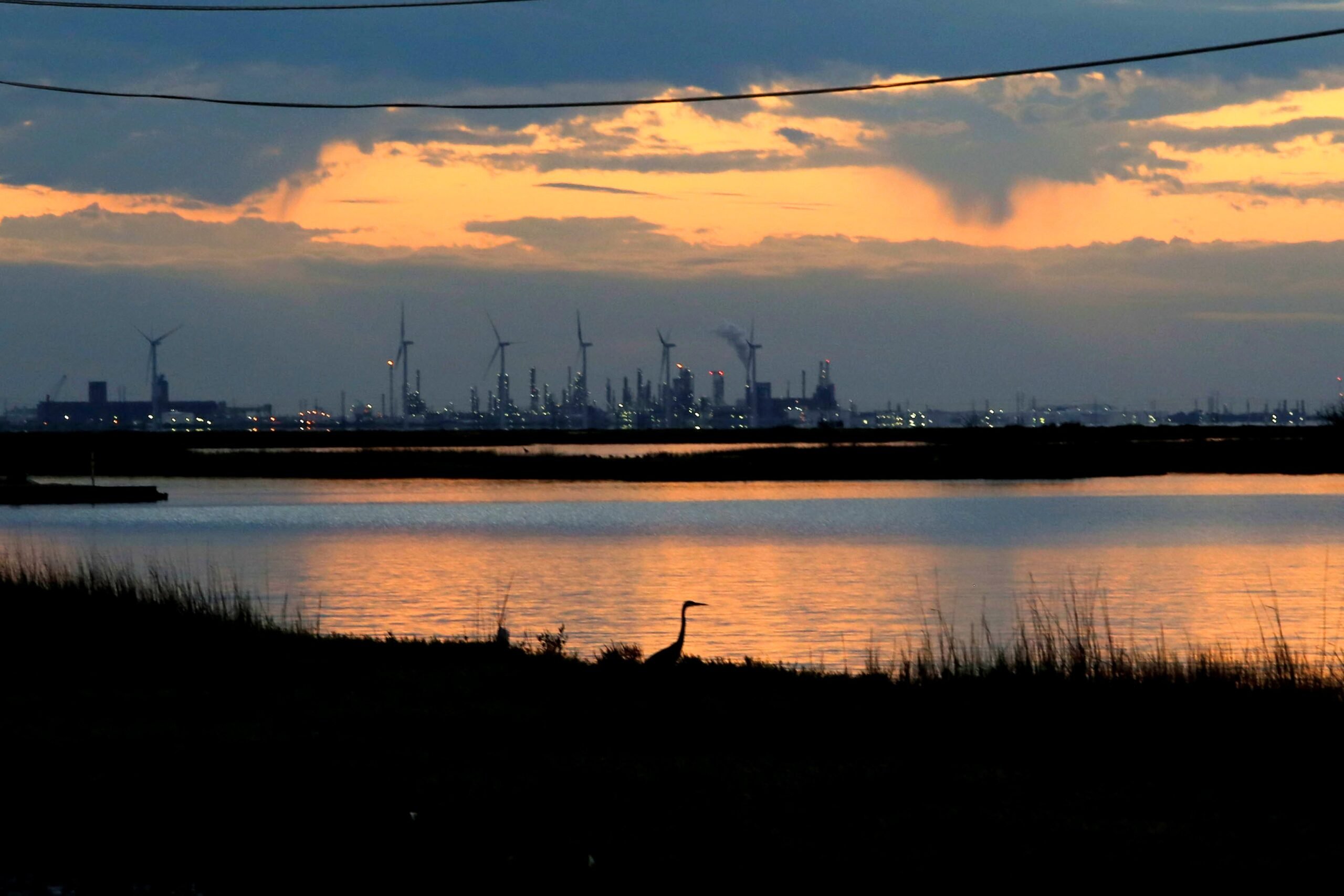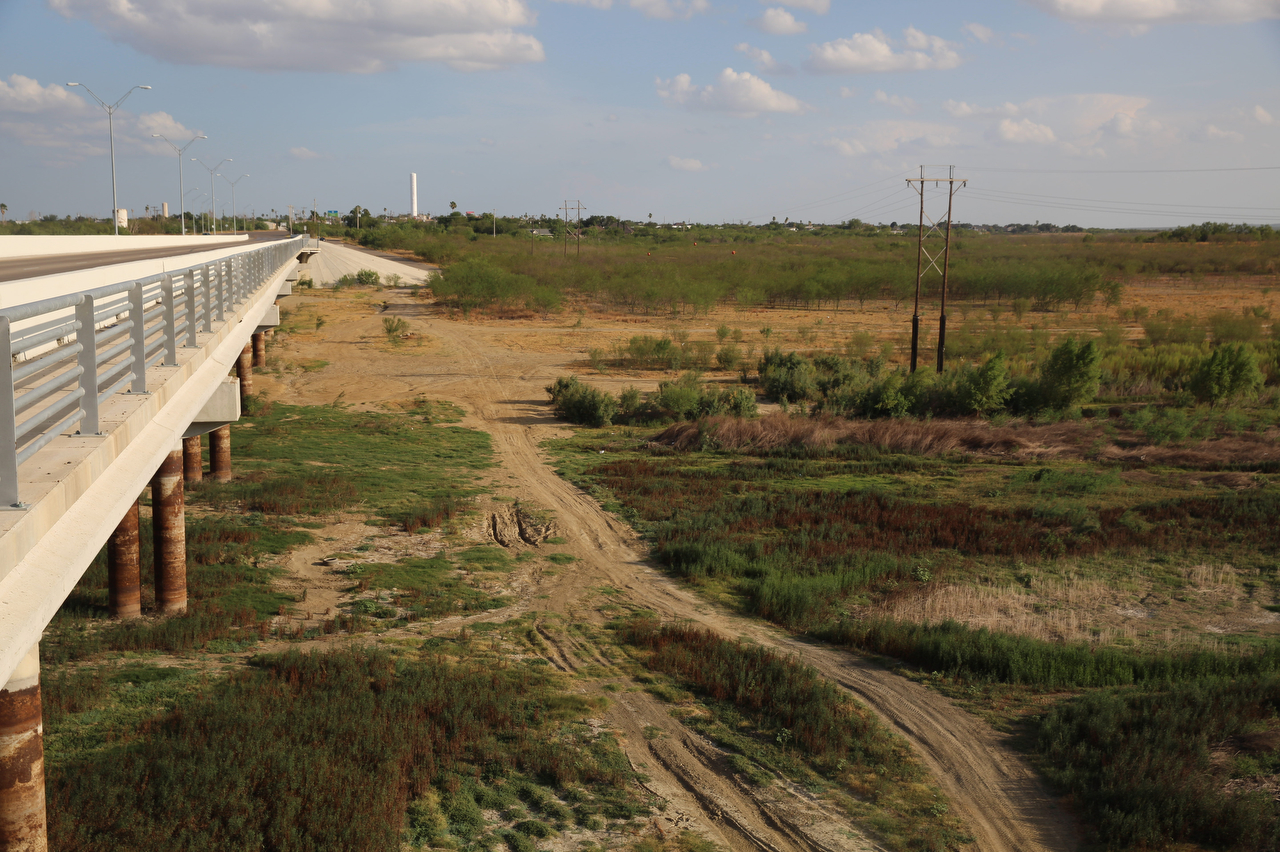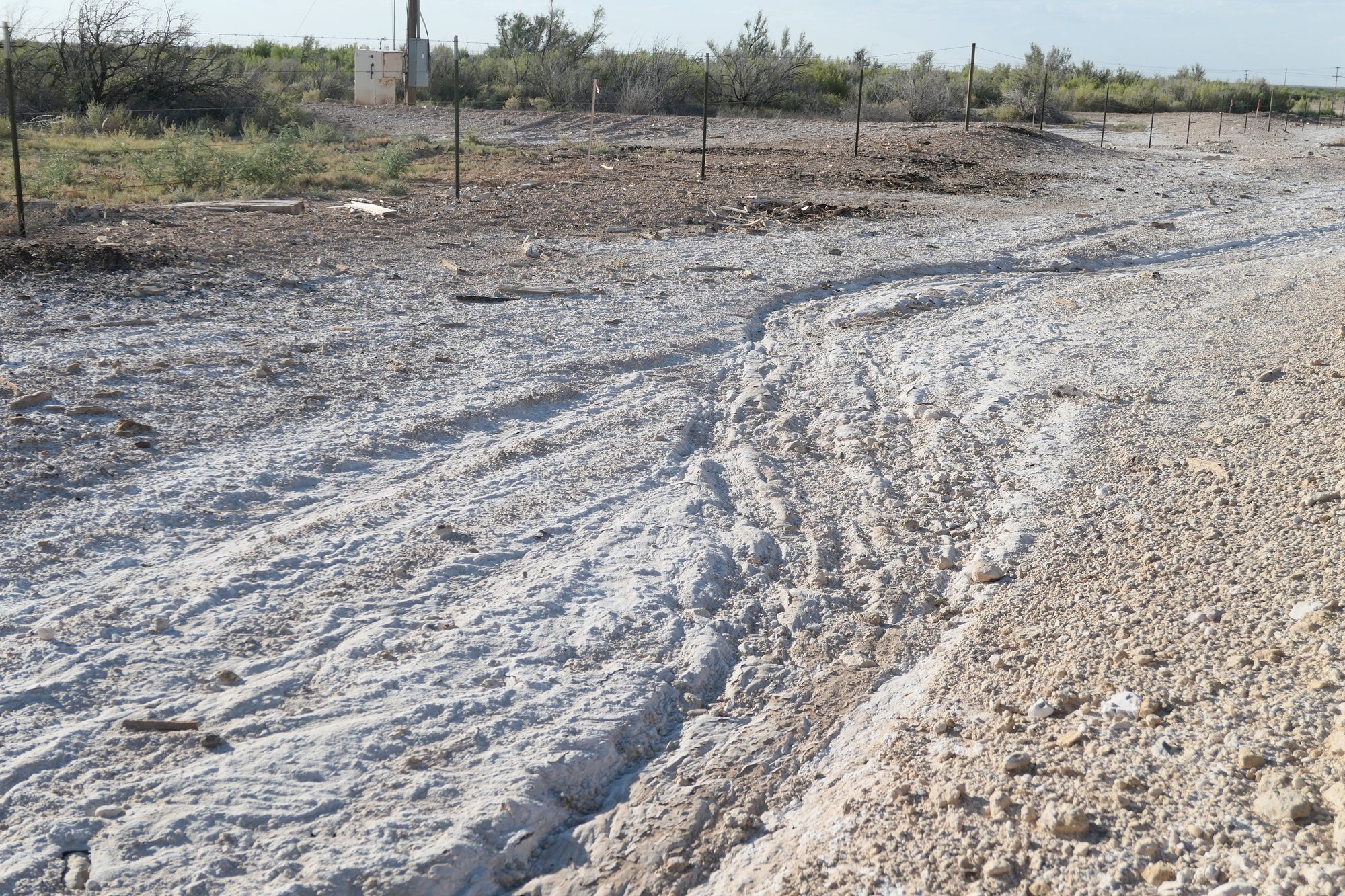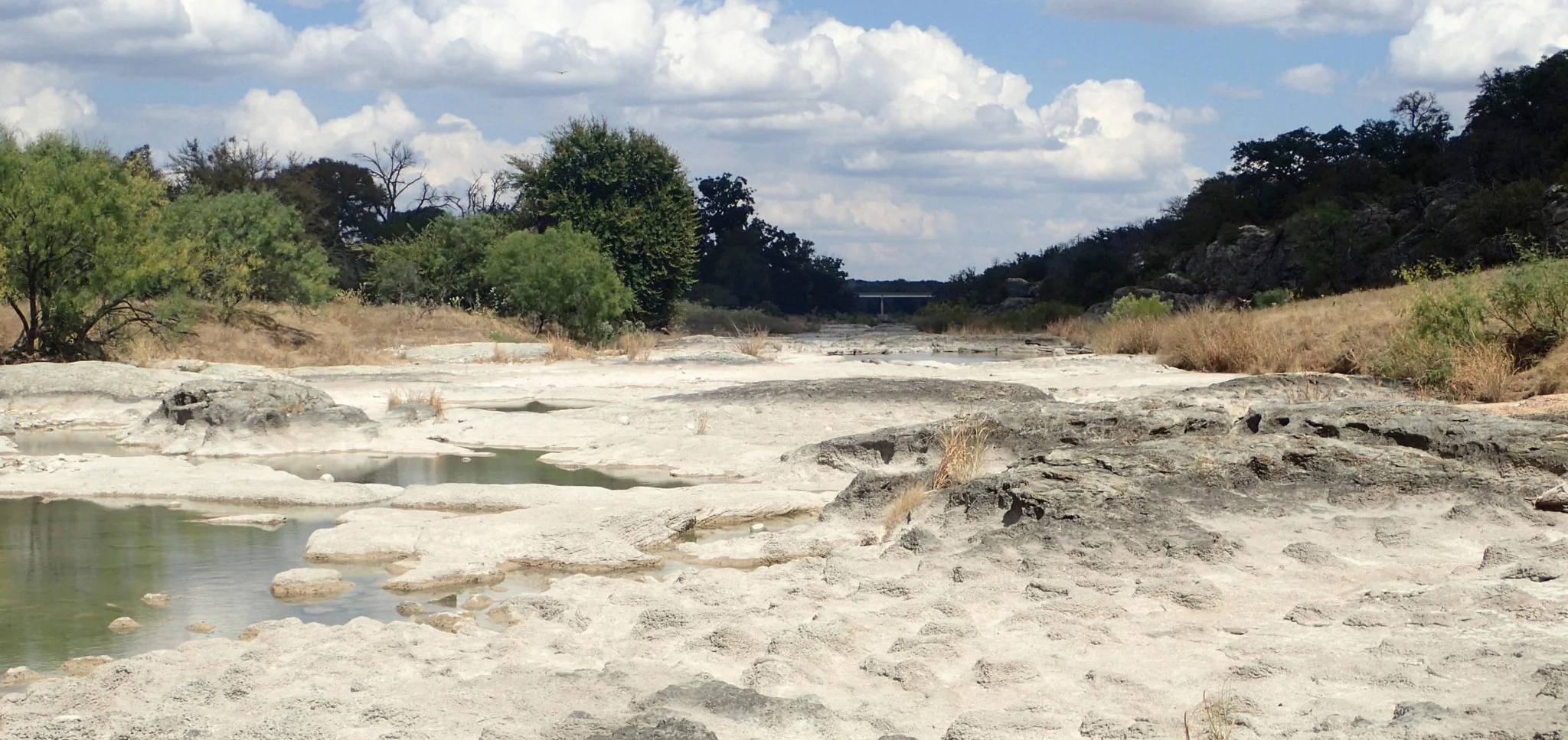
No Resolution in Sight For Ranchers and Farmers Fighting Over San Saba River
The prolonged battle has highlighted a major flaw in Texas water management: State policies mostly don’t recognize the connection between surface water and groundwater.

Why is a 40-mile stretch of the San Saba river running dry during the summers? That was the central question at a Texas House Natural Resources Committee hearing in Brady on Wednesday.
As the Observer first reported last year, a significant stretch of the San Saba, a tributary of the Colorado, has run dry every summer from 2011 to 2015 and pitted upstream and downstream neighbors against each other. Irrigators in Menard claim that natural climatic changes, decreasing spring flows and faults in the riverbed have emptied the San Saba. But downstream ranchers in Brady contend that Menard farmers have drilled wells close to the river, pumping it dry.
The battle between the two groups has led to accusations of illegal water use. It’s also highlighted a major flaw in Texas water management: State policies mostly don’t recognize the connection between surface water, like rivers and lakes, and groundwater. Though rivers contribute water into the ground and groundwater bubbles up in springs that add to river flow, Texas law governs the two separately. That policy failure leads to conflicts like this one on the San Saba.
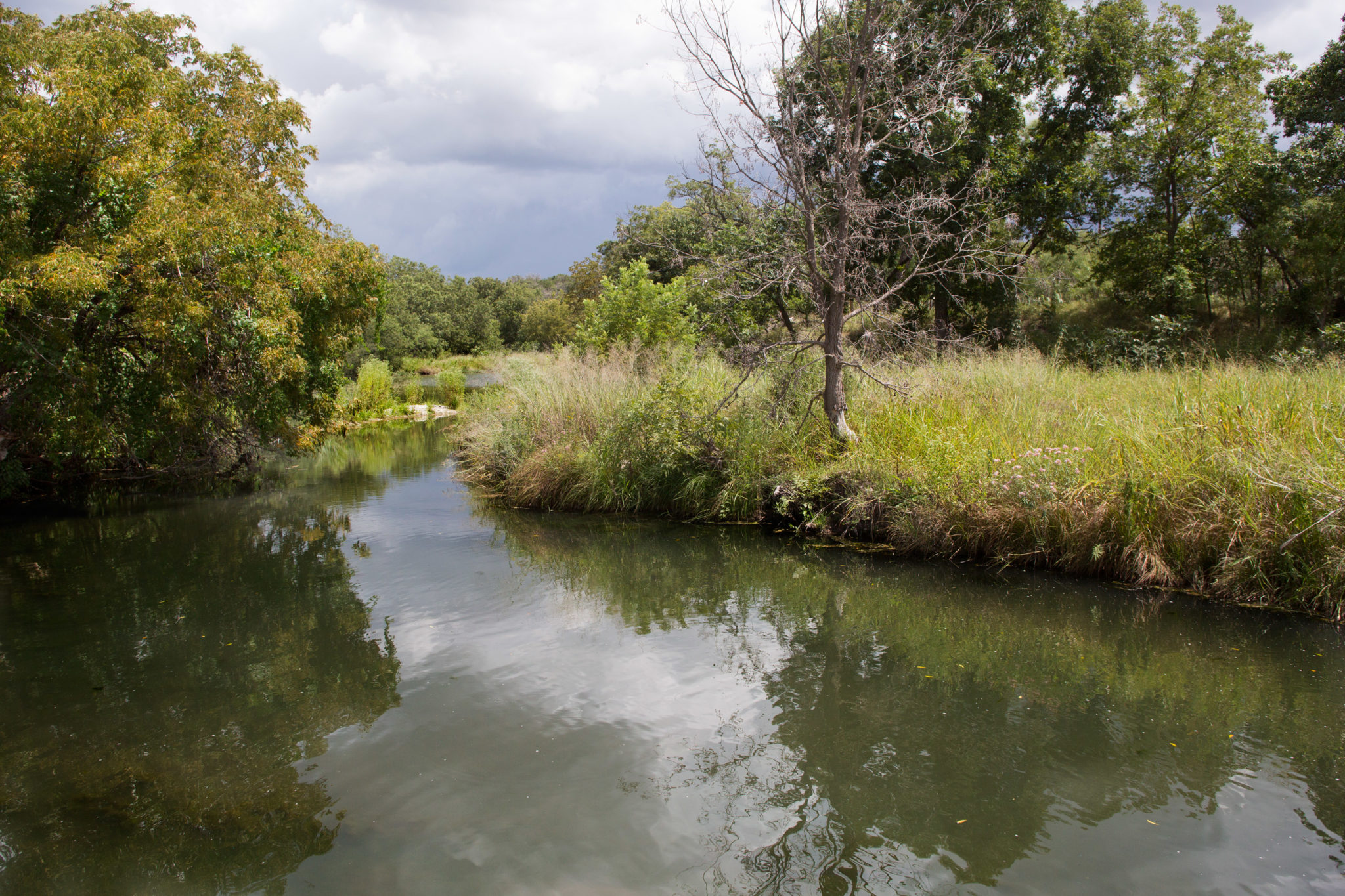
At the Wednesday hearing, tensions between the Menard farmers and Brady landowners were on full display. Bob Davee, a Brady landowner who advocated installing water meters to monitor use, told the committee that people in Menard had “built wells not for taking groundwater, but for sucking the river dry.
“You’ve got a stretch of the San Saba … where you can see every deficiency in the Texas Water Code, every deficiency in how it’s being applied, every deficiency in how it’s being administratively regulated,” Davee said. “That’s got immediate application to every river and every branch of every river in the state.”
Menard landowner Kathryn Mews fired back, arguing that the residents of her town had been attacked with “venom” and “slandered” by those downstream. “It is a scientific fallacy to assume that irrigation is the sole or main reason the river goes dry,” she said.
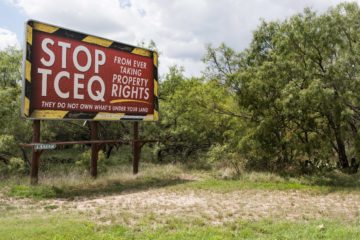
To be clear, it hasn’t been conclusively proven that the wells the Menard farmers have drilled are to blame for drying up the river. The Texas Commission on Environmental Quality (TCEQ), which manages state water use, has conducted hundreds of investigations and concluded in a handful of cases that some Menard wells are responsible for the river running dry. The agency’s reports note that “unexplained losses of water are occurring in the San Saba” and that after accounting for evaporation and authorized water use, the “shallow alluvium irrigation wells are the most likely factor to account for the remaining losses of water.”
Still, TCEQ has not conducted any scientific studies to understand the hydrology of the river or commissioned so-called dye trace tests that could help researchers understand whether the well water that Menard farmers are using is linked to the San Saba.
There’s no doubt that groundwater and surface water are interconnected. According to a Texas Water Development Board study, about 9.3 million acre-feet of water flow from aquifers into the state’s rivers in an average year. In the Rio Grande, for instance, 50 percent of the water in the river comes from the underlying aquifer. In most cases, the groundwater contribution to a river is between 20 and 30 percent.
“You’ve got a stretch of the San Saba … where you can see every deficiency in the Texas Water Code.”
Hanging over the debate on the San Saba is the threat of federal regulation. The San Saba is home to five species of mussels that the U.S. Fish and Wildlife Service is considering listing as endangered. An internal document that the Observer recently obtained noted that the river has seen “significant stream drying and stranded Central Texas mussels.” If any one of those mussel species is found to be endangered, it could mean restrictions on water use from the San Saba.
During the 2017 legislative session, state Representative Andrew Murr, R-Junction, introduced a bill to set up a nine-member water board that would manage the San Saba during drought. Brady landowners opposed the plan because they considered the composition of the board to be tilted toward Menard’s interests, and the bill didn’t pass out of committee.
At the Wednesday hearing, committee chair Lyle Larson said that residents of Menard and Brady “have to figure out if there’s a reconciliation.” He also suggested that the Legislature may have to get involved if the warring neighbors can’t work it out among themselves.
“What’s haunting all of us is the water war that’s going on here,” he said. “The worst-case scenario is the government comes in to fix things. The only time we’re involved is if you’ve got a dispute like this. … In some way, we’re going to have to wade into this.”
